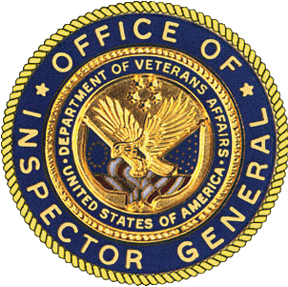Scheduling Challenges Within the New Electronic Health Record May Affect Future Sites
Report Information
Summary
The new electronic health record (EHR) includes a scheduling system intended to enhance efficiency and user experience, minimize disruptions in the delivery of care, and standardize workflows that improve patient access. Having a scheduling system that routes patients to the appropriate providers in a timely manner is critical for the Veterans Health Administration (VHA) to effectively provide care for veterans. The VA Office of Inspector General (OIG) issued this management advisory memorandum to address the concern that scheduling system challenges experienced during deployment of the new EHR at smaller VA medical facilities could be exacerbated at larger, more complex medical centers.
While VA has delayed additional EHR deployments until it is confident in the system’s functionality, the deployment at the Captain James A. Lovell Federal Health Care Center (Lovell FHCC) proceeded as planned. Lovell FHCC is the first large, complex VA facility to use the EHR, and the implementation presents an immediate challenge in connection with the scheduling system. This memo, provided to VHA ahead of that implementation, was meant to assist in determining whether additional actions are warranted prior to or during future deployments to mitigate scheduling system concerns.
These concerns include the need for additional staffing and overtime to meet or exceed pre-deployment appointment levels, displaced appointment queue functionality, challenges related to providers and schedulers sharing information, inaccurate patient information, difficulties changing appointment type, and the inability to automatically mail appointment reminder letters. At facilities currently relying on the EHR, these issues have resulted in inconsistent workarounds and additional work, increasing the risk for scheduling errors. Consequently, at future go-live facilities, assessing staffing levels and overtime usage prior to deployment and preparing staff with approved workflow best practices may help to reduce employee resistance and facilitate successful adoption of the system.
